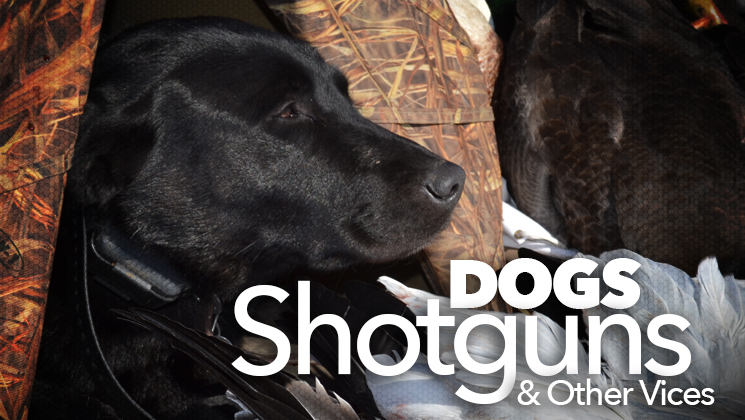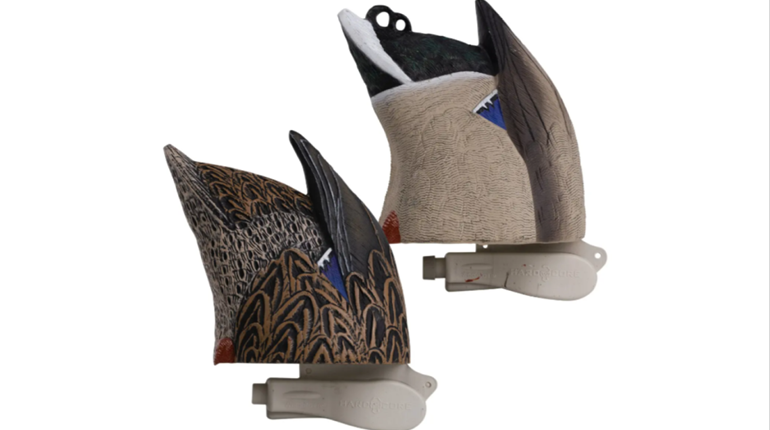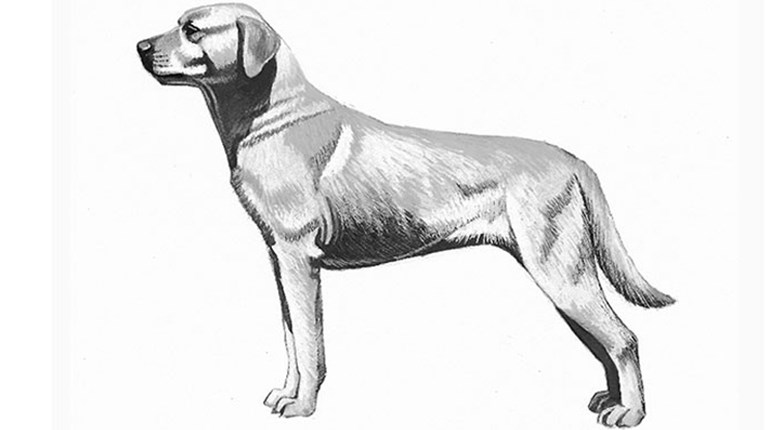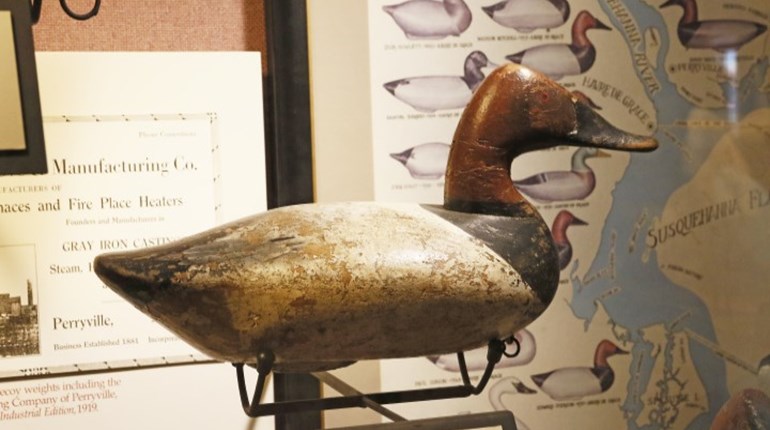
Waterfowl season was off to a fine start. My young springer had already retrieved his first duck, a wood duck, as well as several mallards. Dad shot his first drake greenhead after a 16-year hiatus from waterfowling. And by mid-November, timely cold fronts had pushed mallards to my neck of Pennsylvania in peak numbers.
Then it happened: I was struck by the dreaded Duck Slump. We've all been there, when it seems no matter how hard you scout nor how promising a setup appears, well, the ducks are going to win.
It started innocently enough one Tuesday morning. Two clearly elated friends reported the greatest concentration of mallards ever observed at a local beaver dammed creek. They'd shot eight mallards and a black duck, then quickly exited the area as ducks continued to pour in.
Days later it was my turn to hunt the beaver dam, going it solo as my friends had gone home for Thanksgiving. It was bitter cold, but the dam doesn't freeze—except, apparently, during a Duck Slump. I busted a hole, positioned my decoys and settled in for the waterfowl spectacle. But I never saw a duck.
Two days later I learned that another hunter with permission at the dam slipped in and shot two limits of mallards in two days.
The following morning I planned to hunt a local, public marsh getting plenty of mallard traffic. I arrived early and found it all to myself. Better yet, skim ice covered the entire area except for the very corner I intended to hunt. I positioned my decoys around the edges, allowing plenty of room for ducks to light. What a day it would be.
But minutes after shooting time a gentleman showed up, waved a friendly hello, and proceeded to check his muskrat traps in my vicinity for the next hour. He flared duck after duck, not even bothering to crouch when I called. Finally I stood and voiced my opinion of his discourtesy.
"Hey buddy, you going to be here much longer?"
"Probably just another 30 minutes."
I picked up my decoys and went home. Following a nap, I set up on an area creek. Within minutes a pair of ringnecks buzzed the spread faster than I could shoulder my shotgun. An hour passed, but here they came again, and this time I saw them. I smoothly mounted my shotgun, swung ahead of the drake and fired. My shot didn't drop a feather, nor did my second. I missed a presumably very lost drake bufflehead as well.
I suppose Duck Slumps have a way of messing with your shooting, as the excitement of finally seeing even one duck can be too great to bear. More so, they can be downright discouraging for those susceptible to pessimism. I get it: Waterfowl hunting is a lot of work to get skunked for weeks at a time. So, if you find yourself in one—even the most skilled aren't immune—just remind yourself that every slump eventually ends. And, when it does, how much better you'll appreciate the ensuing ducks.
After a two-week lull, finally, the day after Thanksgiving I decoyed a pair of mallards and shot the drake. I was so elated to take that single bird that I pan seared it for lunch--the Duck Slump was over!
I shot six ducks over the subsequent two days, and some buddies and I are hitting our beaver dam tomorrow. Mallards abound and so, again, does my confidence.





































